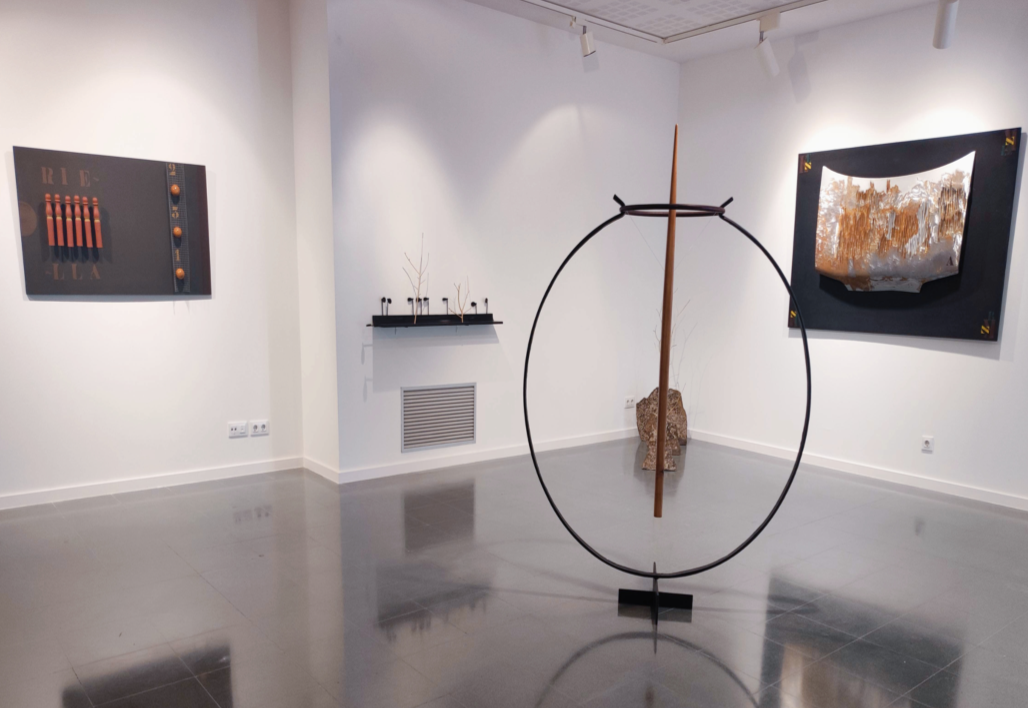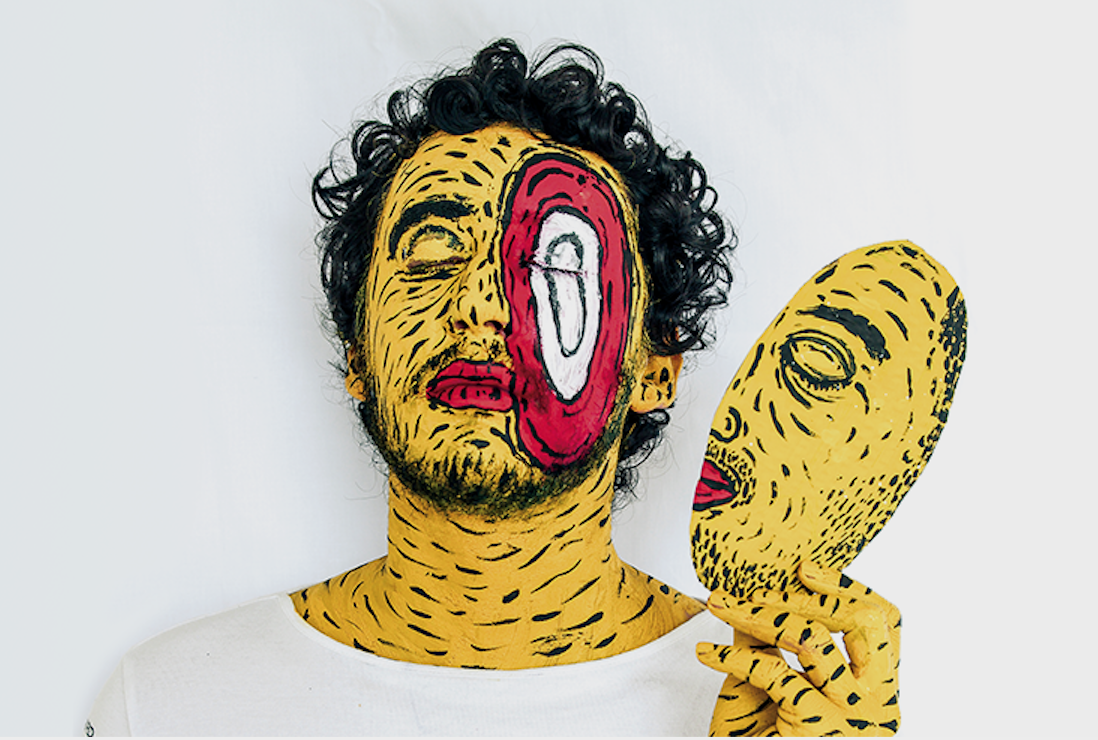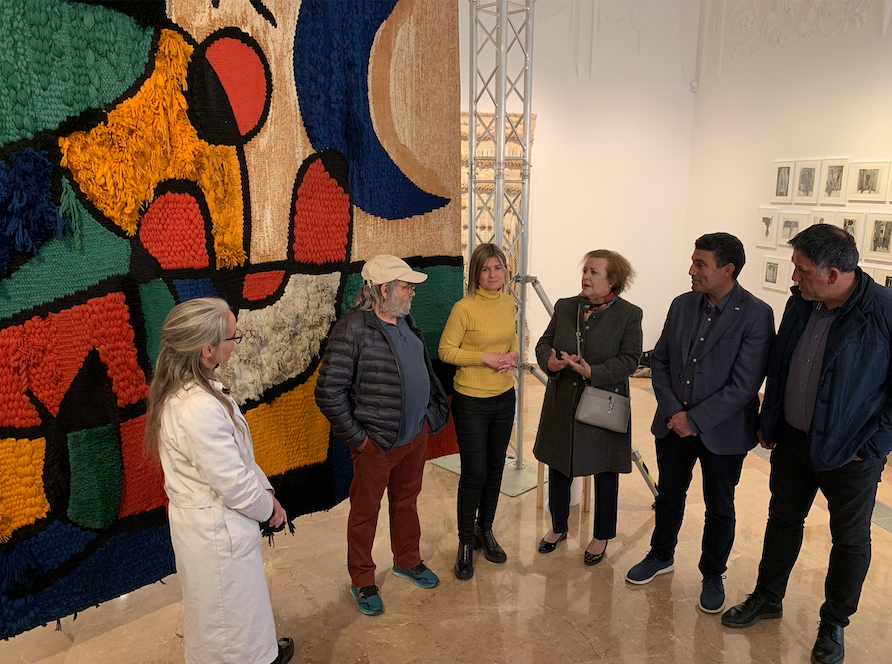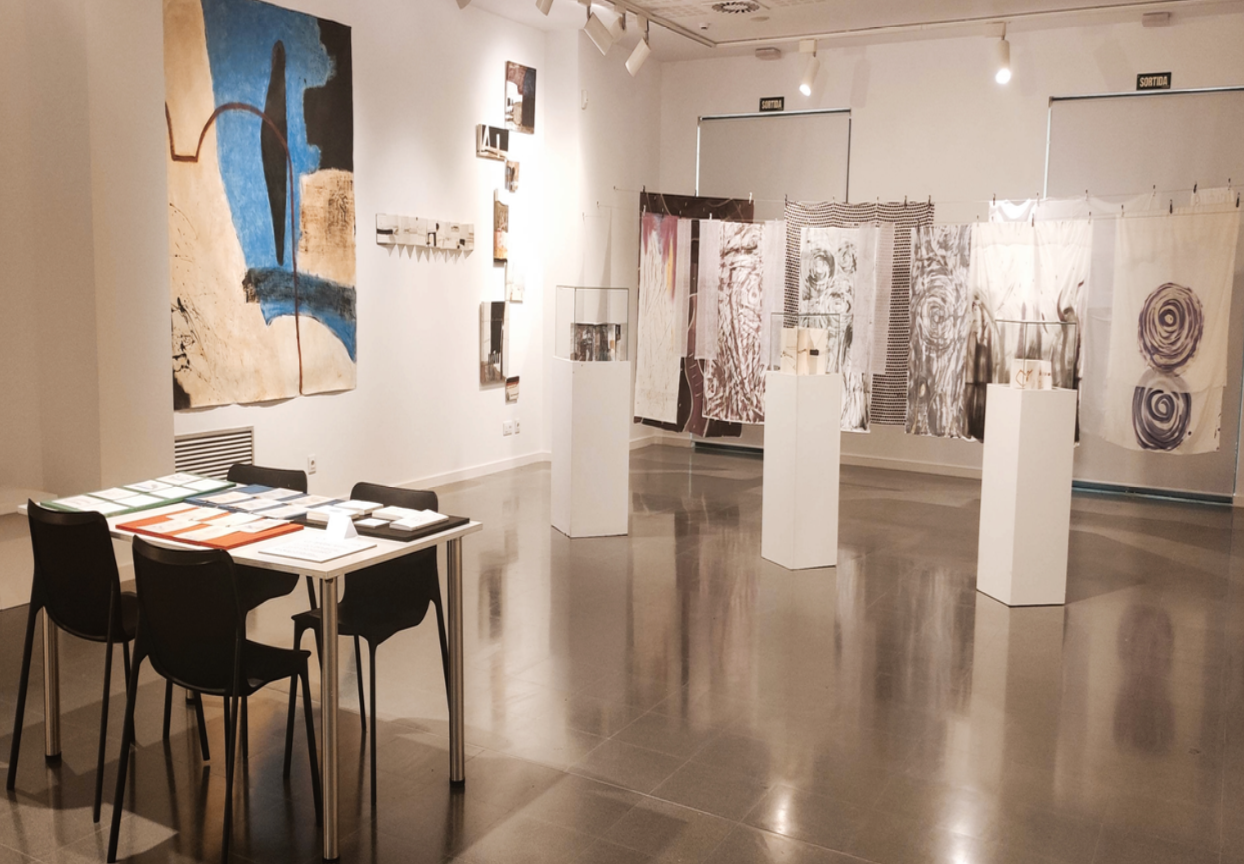Exhibitions
"Crying women are angry" by ORLAN at the RocioSantaCruz gallery
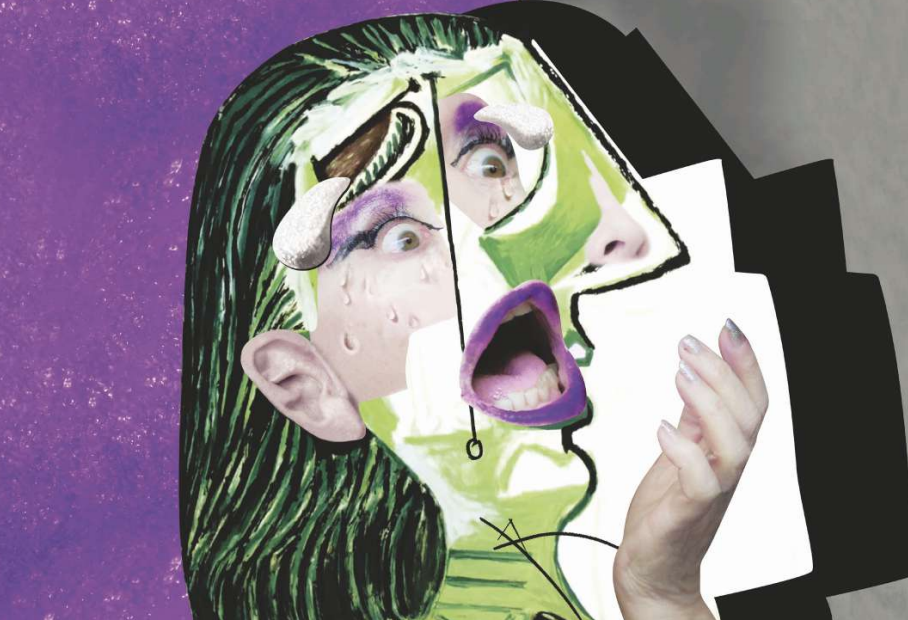
RocioSantaCruz presents, until May 20, the photographic series The women who cry are angry with ORLAN.
The women who cry are angry part of the portraits that Picasso made of Dora Maar and creates a new reading by putting the woman-subject at the center. Between painting and photography, crying and anger, the female figures proposed by ORLAN are hybridized and de-alienated in pictorial form, such as brutal collages, extremely free and unrestrained. Representing afflicted figures, allegories of suffering, ORLAN relies on the visual strength of the artist's works to take a critical, intelligent, and playful look at the role of women.
This series has already been exhibited in 2022 at the Picasso Museum in Paris, under the curatorship of Cécile Debray, director of the institution. On the occasion of the celebration of the fiftieth anniversary of Picasso's death, but also to emphasize the important role played by ORLAN as a pioneer of photography, this entire series of Women who cry are angry will also be presented again to the Spanish public in 2023 in Madrid, at the Cercle de Belles Arts, during the PHotoEspaña festival.
Again ORLAN develops a political and decidedly feminist work. Picasso's lovers have too often been systematically reduced to the role of mere muses, although some, such as Françoise Gilot or Dora Maar, were also true creators. If Picasso glorified the youth and beauty of all these women, he did not hesitate to also represent their suffering, at the time of estrangement and separation.
Models, were reduced to the status of images, even objects, and the true acting subject is the painter who represented them. Far from being a lawsuit against Picasso who, now dead, cannot be defended, it is, therefore, anger against the subsidiary role of women, their erasure - especially for those who were or are artists - what it expresses masterfully ORLAN throughout this series. Picasso and his work were not chosen by chance. Through the greatest creator of the 20th century, ORLAN invites us more generally to reconsider the place of women in art history, both as models and artists. This sad position only prolongs the disgusting fate that is always reserved for women in society. Therefore, it is the women of our time to whom ORLAN addresses, calling them to come out of the shadows, to emancipate themselves. The artist invites anger to fully become subjects and no longer objects, in a decidedly feminist and contemporary message.





